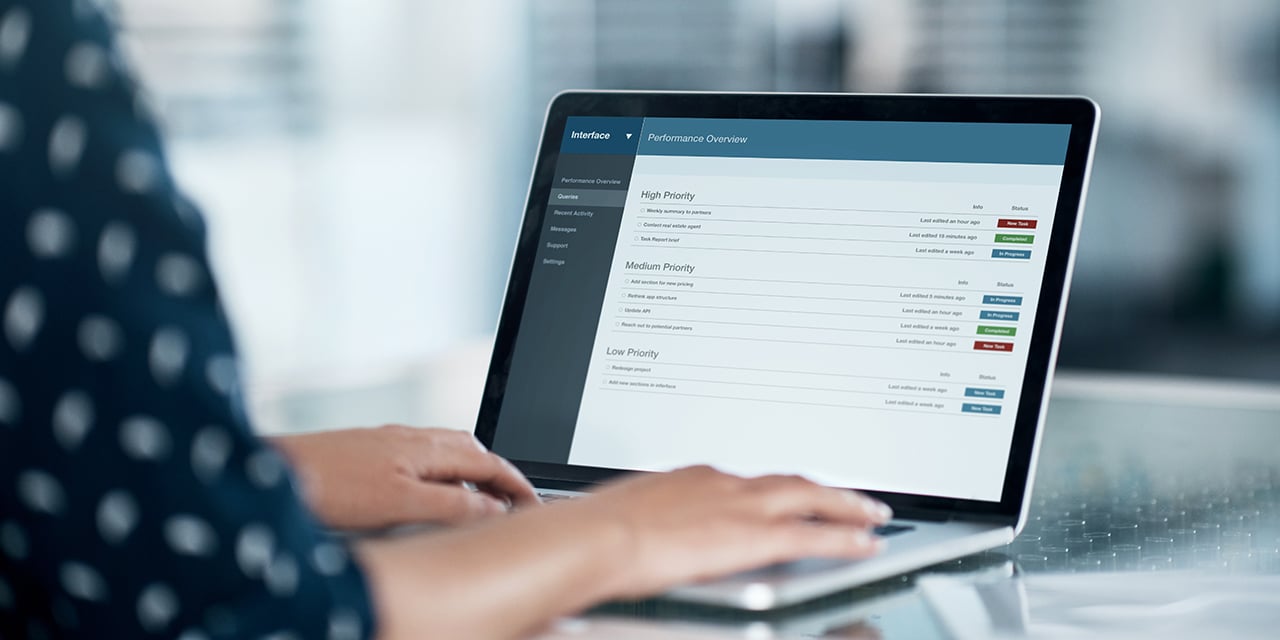
The Benefits of Consolidating Accounts
It may not have been your plan – but due to a handful of job changes, a strategic investment decision, an unexpected inheritance or a combination, you may have found yourself as the owner of multiple investment accounts across multiple institutions. Logging into each account individually to check on its status can be tiring – but as you do so, do you ever find yourself wondering if it’s worth consolidating?
Here are a few ways a consolidated approach can help simplify your life and improve your total wealth plan, from both an investment management and financial planning perspective.
Better Coordinated Investment ManagementWhen you consolidate your investment accounts with one advisor, you can stay on top of your comprehensive portfolio and help your investments work together in the context of your overall goals. In doing so, you can experience: |
- More effective risk management. Having parts of your portfolio managed separately from others can cause your overall portfolio to stray from your goals. You could inadvertently become more aggressive – or even more conservative – than you had planned by drifting from your target asset allocation. This can also leave you overconcentrated in certain positions or styles. Coordinated management makes it easier to avoid these risks.
- Increased tax-efficiency within investments. When you bring your retirement and brokerage accounts together, it becomes much easier to implement a tax-efficient investing strategy. For example, consolidation may allow you to hold investments in the most tax-appropriate accounts, like placing tax-efficient investments (like municipal bonds or growth stocks) in taxable accounts and non-tax-efficient investments (like high-yield bonds or high-turnover mutual funds) in tax advantaged accounts. Along with this, consolidation can also make tax-loss harvesting easier on taxable accounts, because you can easily view your gains and losses.
- Reduced wash sale risk. A wash sale occurs when you realize a capital loss from an investment and replace it with the same or “substantially identical” investment within 30 days of the sale. Doing so delays, and sometimes completely eliminates, the tax benefit of that loss. To avoid this, you can instead buy a comparable security that you anticipate having similar performance – but when you have investment accounts scattered throughout firms, it’s easy to mistakenly run afoul of these rules, and therefore not reap the benefits of a tax deduction.
- Simplified RMD strategies. When you have retirement accounts spread across firms, managing your required minimum distributions can be challenging – leading to distributions that are smaller – or even larger – than necessary. For example, each IRA you have must be counted for the purposes of calculating your RMD, but the total distribution only needs to come from one account. With 401(k)s, each account needs to take its own distribution. By consolidating these accounts, distributions can be better coordinated to ensure nothing is missed.
- Improved performance monitoring results. When you consolidate your investment accounts with one advisor, you also receive performance reports based on a centralized reporting system. This allows you to monitor the performance of each individual account while still keeping an eye on how they are all working together.
More Holistic Financial PlanningOnce you have your investments housed in one spot, you can start painting a total picture of your net worth – and ultimately use those real-time insights to inform your wealth plan, leading to benefits like: |
- Improved cash flow management. Seeing every source of income – from RMDs to dividends – in one place can help you keep track of your cash flow and adapt it as needed.
- Increased flexibility for life changes. From getting married to entering retirement, there are many life events that call for updates to your wealth plan. A holistic view of your accounts can help you maintain strategic continuity when you have to modify your plans.
- Streamlined transfers of money between accounts. When you keep your spending accounts in the same place as your investments, you can transfer money between the two without having to coordinate between multiple institutions.
- Potential for lower fees. Every account you have at a different firm accrues its own set of fees and expenses – both from the firm (like advisory and transaction fees) and from individual investments (like trading fees and expense ratios). This can ultimately represent a drain on your investment returns. When you consolidate your accounts, you can potentially reduce these costs and allow a greater portion of capital to work in your favor.
There’s no question that consolidating your accounts with tools like Baird’s 360 Wealth can help make your financial life a little simpler – but on top of that, it can help you stay on top of your portfolio, transfer money and even lower your fees. Wondering how this could have a positive impact on your life? Reach out to your Baird Financial Advisor.
This article was originally published in December 2022 and was updated with more current information in June 2025.
This information has been developed by a member of Baird Wealth Solutions Group, a team of wealth management specialists who provide support to Baird Financial Advisor teams. The information offered is provided to you for informational purposes only. Robert W. Baird & Co. Incorporated is not a legal or tax services provider and you are strongly encouraged to seek the advice of the appropriate professional advisors before taking any action. The information reflected on this page are Baird expert opinions today and are subject to change. The information provided here has not taken into consideration the investment goals or needs of any specific investor and investors should not make any investment decisions based solely on this information. Past performance is not a guarantee of future results. All investments have some level of risk, and investors have different time horizons, goals and risk tolerances, so speak to your Baird Financial Advisor before taking action.


